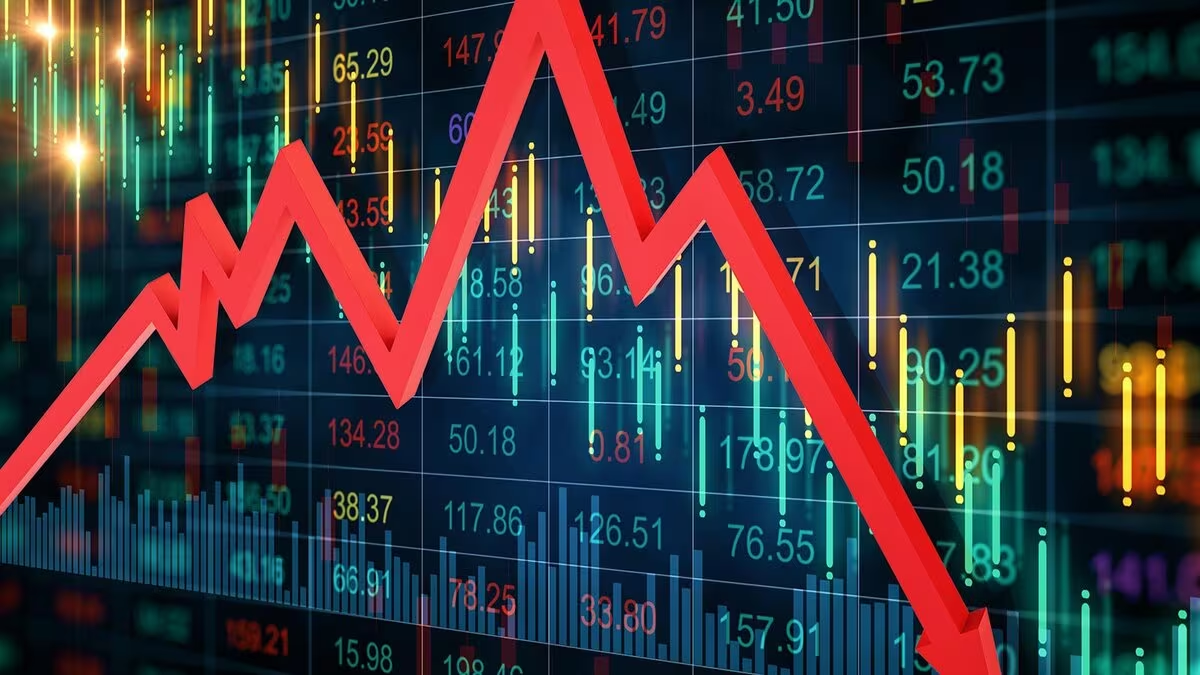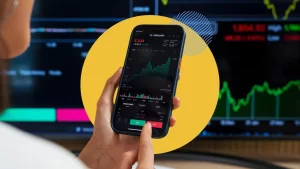
AI technology uses data processing and analytical processes to spot patterns, exploit market inefficiencies, and optimise trading strategies for increased accuracy. It eliminates the risk of irrational investor emotions that could confuse judgment and lead to bad investment decisions.
AI systems generate trading signals based on advanced analyses of crucial indicators ranging from price action and currency valuation to news theft affecting particular assets. This helps reduce risks significantly while maximizing profits.
Better Decision-Making Capabilities
AI systems can evaluate massive quantities of data more precisely, providing traders with accurate and reliable results. This can help them make better trading decisions that lead to increased profits and reduced risk.
For example, AI algorithms can analyze the price dynamics of certain assets and detect recurring patterns that could indicate an increase in prices or decreases in volatility. This information can help them identify the best time to buy or sell stocks, ensuring that they get the most out of their investment.
These advantages make AI stock market trading systems an attractive option for traders and investors. However, there are a few risks to consider when using AI for stock market trading, including the potential for bias or inaccurate predictions and the need for regular human oversight. These risks can be mitigated by combining AI with human expertise, monitoring AI systems regularly, and using high-quality data. These precautions can help ensure that AI stock market trading algorithms remain effective and accurate.
Increased Profits
Using AI-powered trading systems to optimize trading opportunities can maximize trade margins and increase profits by enabling market participants to automate analysis and execution. These AI-based tools can also help users reduce risks and errors by continuously monitoring performance and identifying potential problems in real-time.
According to Jean Folger, financial writer, “One of the most attractive aspects of AI for traders is its ability to process information quickly and efficiently, potentially catching market trends and opportunities before human traders.”
AI-based trading systems can sift through millions of data points in a matter of seconds, enabling them to find patterns and identify trends that may not be obvious to humans. This enables them to respond faster to market changes, increasing their chances of making profitable trades and reducing the chance of costly mistakes. This makes AI-facilitated trading a significant advantage over traditional human-led strategies, particularly those that involve breaking pre-established trading rules or becoming emotionally involved with the markets.
Reduced Overhead Expenses
The ability to automate a significant portion of operations allows organizations and investors to reduce overhead expenses. This type of automation also frees up human operators to concentrate on other aspects of their business, which leads to greater productivity and efficiency.
AI trading software enables traders to see trends and patterns in stock price dynamics that they can use to make the right buying/selling decisions. This helps them avoid making costly mistakes and maximize profits.
Moreover, AI-powered platforms provide access to advanced investment strategies that were previously only available to hedge fund traders and institutional investors. However, it is important to note that these systems are only as accurate as the data they are based on. Thus, it is essential to monitor AI algorithms (such as ChatGPT) regularly and to provide human oversight to catch any inaccuracies or errors that may occur. Besides, this process also ensures that the algorithms are being trained on quality data.
Enhanced Customer Satisfaction
AI algorithms can evaluate massive amounts of data more precisely and identify patterns that humans may overlook. This makes them a valuable tool for trading and risk management.
This also helps traders and investors make better decisions and act on them more quickly. Furthermore, it can help them find and take advantage of opportunities in the market before they are missed by other investors or traders.
However, AI-based trading systems have their share of drawbacks as well. For example, they are susceptible to overfitting, where they perform well on a particular set of historical data and fail to adapt to new or unforeseen conditions. Additionally, AI cannot replace human expertise, and therefore requires regular monitoring to ensure that they are making sound decisions. Fortunately, these issues can be mitigated by combining AI with human oversight and insight. This can lead to more effective trading results and increased customer satisfaction. Moreover, it can help traders and investors save time and resources by automating many tasks and freeing up their time to focus on more complicated problems.







